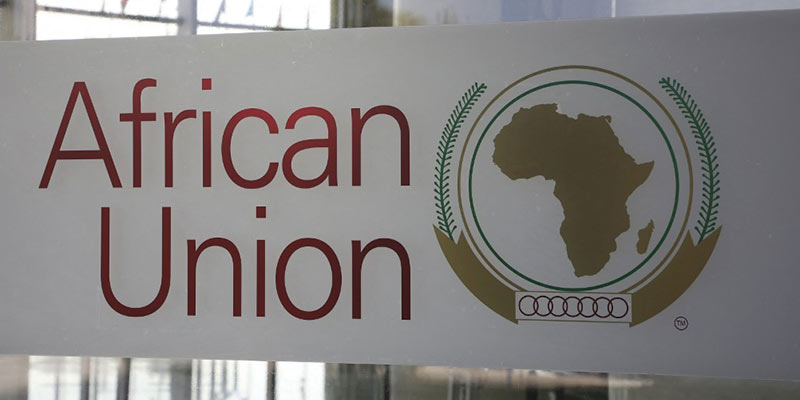- World
- May 28
African Union, WHO renew strategic partnership
• The World Health Organisation (WHO) and the African Union Commission renewed their long-standing strategic partnership with the signing of an updated Memorandum of Understanding (MoU) on the sidelines of the 78th World Health Assembly in Geneva.
• This renewed agreement reaffirms the joint commitment to advancing health security, universal health coverage, and sustainable development across the African continent at a time of unprecedented financial challenges in the global health landscape.
• Building on the foundation of the 2019 MoU, the renewed agreement streamlines and strengthens collaboration across all African Union entities.
• It aligns efforts in support of Africa’s health priorities and sets the stage for enhanced cooperation between WHO and the African Union.
• It also reaffirms WHO’s central technical and normative leadership role in global and regional health, and its commitment to supporting the African Union and its institutions in achieving health-related Sustainable Development Goals.
• The renewed MoU marks new momentum for regional and multilateral cooperation to address Africa’s most pressing health challenges and deliver meaningful, lasting results on the continent.
African Union
• The African Union is a continental body consisting of 55 member states that make up the countries of the African Continent.
• It was officially launched in 2002 as a successor to the Organisation of African Unity (OAU).
• On May 25, 1963 in Addis Ababa, Ethiopia, the 32 African states that had achieved independence at that time agreed to establish the OAU.
• A further 21 members joined gradually, reaching a total of 53 by the time of the African Union’s launch in 2002. In 2011, South Sudan became the 54th Member State, and in 2017, Morocco became the 55th Member State.
• The OAU was the manifestation of the pan-African vision for an Africa that was united, free and in control of its own destiny and this was solemnised in the OAU Charter.
• Through the 1990s, leaders debated the need to amend the OAU’s structures to reflect the challenges of a changing world.
• In 1999, the OAU heads of State and government issued the Sirte Declaration calling for the establishment of a new African Union.
• The vision for the Union was to build on the OAU’s work by establishing a body that could accelerate the process of integration in Africa, support the empowerment of African states in the global economy and address the multifaceted social, economic and political problems facing the continent. In total, four summits were held in the lead up to the official launching of the African Union.
• The African Union was officially launched in July 2002 during Durban Summit.
• A significant number of OAU structures were carried forward into the African Union. Similarly, many of the OAU’s core commitments, decisions and strategy frameworks continue to frame AU policies.
• The decision to re-launch Africa’s pan-African organisation was the outcome of a consensus by African leaders that in order to realise Africa’s potential, there was a need to refocus attention from the fight for decolonisation and ridding the continent of apartheid, which had been the focus of the OAU, towards increased cooperation and integration of African states to drive Africa’s growth and economic development.
• The African Union’s headquarters is situated in Addis Ababa, Ethiopia.
Manorama Yearbook app is now available on Google Play Store and iOS App Store

